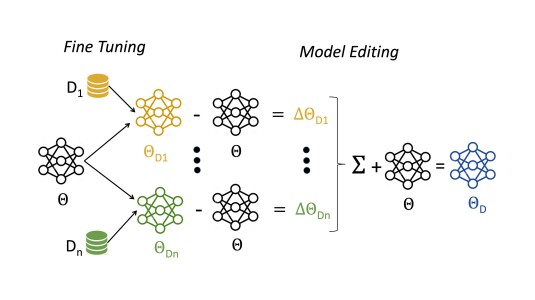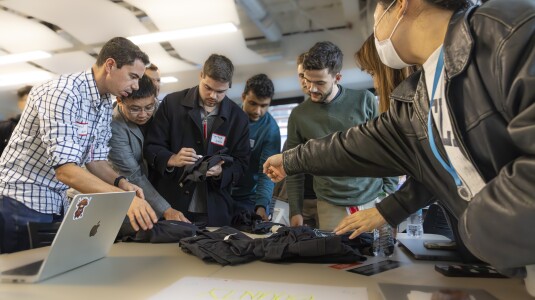Quantum gravity in the lab. I. Teleportation by size and traversable wormholes
2023
With the long-term goal of studying models of quantum gravity in the lab, we propose holographic teleportation protocols that can be readily executed in table-top experiments. These protocols exhibit similar behavior to that seen in the recent traversable-wormhole constructions of Gao et al. [J. High Energy Phys., 2017, 151 (2017)] and Maldacena et al. [Fortschr. Phys., 65, 1700034 (2017)]: information that is scrambled into one half of an entangled system will, following a weak coupling between the two halves, unscramble into the other half. We introduce the concept of teleportation by size to capture how the physics of operator-size growth naturally leads to information transmission. The transmission of a signal through a semiclassical holographic wormhole corresponds to a rather special property of the operator-size distribution that we call size winding. For more general systems (which may not have a clean emergent geometry), we argue that imperfect size winding is a generalization of the traversable-wormhole phenomenon. In addition, a form of signaling continues to function at high temperature and at large times for generic chaotic systems, even though it does not correspond to a signal going through a geometrical wormhole but, rather, to an interference effect involving macroscopically different emergent geometries. Finally, we outline implementations that are feasible with current technology in two experimental platforms: Rydberg-atom arrays and trapped ions.
Research areas




